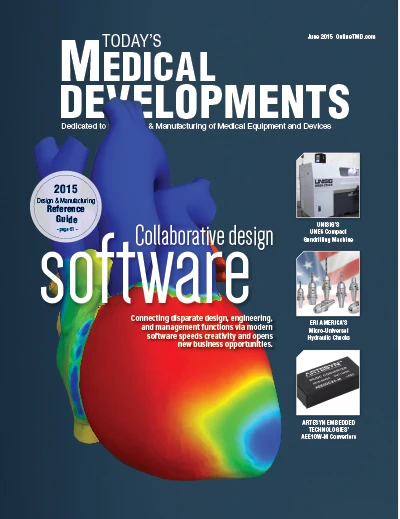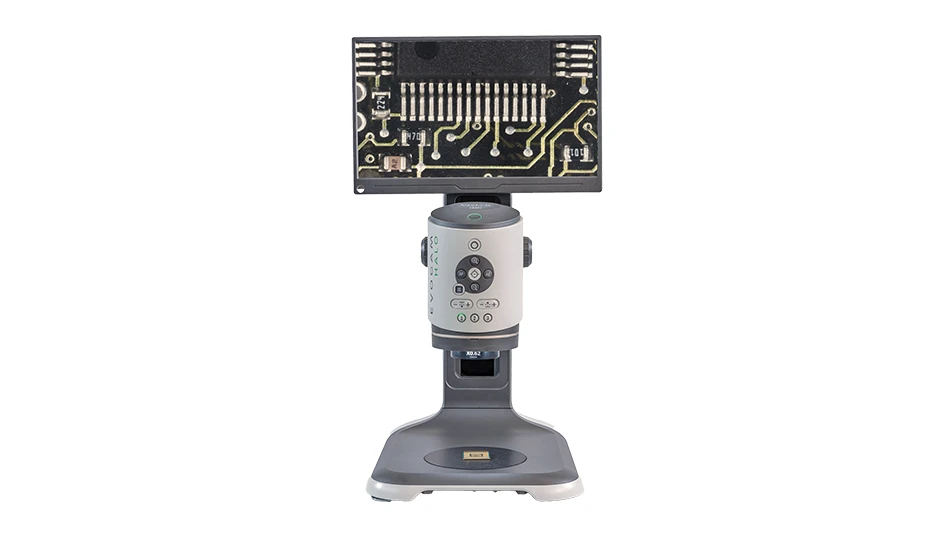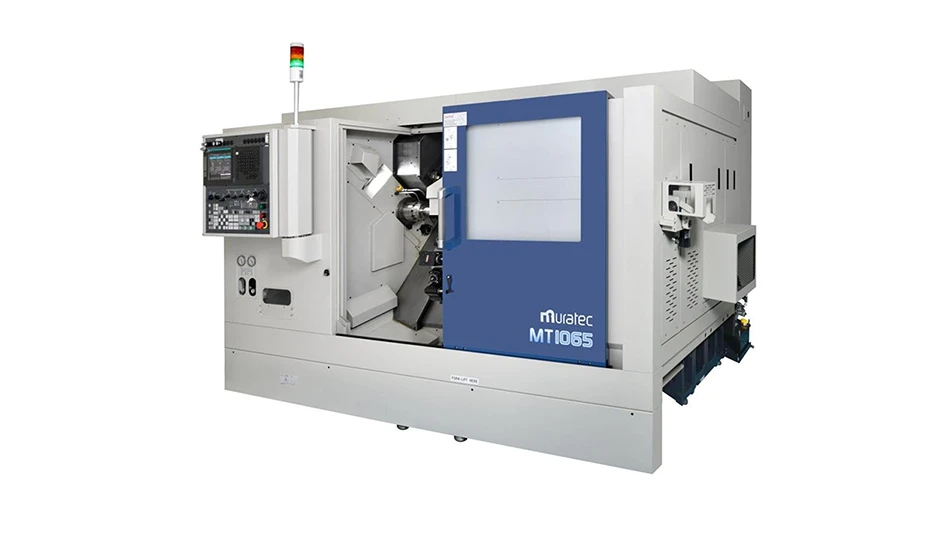 Engineers at Saarland University have equipped an artificial hand with muscles made from shape-memory alloy (SMA) wire, enabling the fabrication of flexible and lightweight robot hands for industrial applications and prosthetic devices.
Engineers at Saarland University have equipped an artificial hand with muscles made from shape-memory alloy (SMA) wire, enabling the fabrication of flexible and lightweight robot hands for industrial applications and prosthetic devices.
The research team is using a technology based on the shape memory properties of nickel-titanium alloy, developing an artificial hand with muscles made from bundles of very fine wires – diameters similar to that of a human hair – which can contract and relax. The material itself has sensory properties allowing the artificial hand to perform precise movements. The research group led by Professor Stefan Seelecke from Saarland University and the Center for Mechatronics and Automation Technology (ZeMA) demonstrated the prototype during HANNOVER MESSE in April 2015.
Artificial hands, such as those used in industrial production lines, have until now relied on a lot of complex background technology. As a result, they are dependent on other devices and equipment, tend to be heavy, and are relatively inflexible and expensive.
“In contrast, tools fabricated with artificial muscles from SMA wire can do without additional equipment, making them light, flexible, and highly adaptable. They operate silently and are relatively inexpensive to produce. And, these wires have the highest energy density of all known drive mechanisms, which enables them to perform powerful movements in restricted spaces,” Seelecke explains.
SMA wires are able to remember their shape and to return to that original predetermined shape after they have been deformed. This property of nickel-titanium alloy is a result of phase changes that occur within the material. If the wire becomes warm, such as when it conducts electricity, the material transforms its lattice structure causing it to contract like a muscle.
Engineers use smart wires to play the role of muscles in the artificial hand. Multiple strands of shape-memory wire connect the finger joints and act as flexor muscles on the front-side of the finger and as extensor muscles on the rear. In order to facilitate rapid movements, engineers copied the structure of natural human muscles by grouping the very fine wires into bundles to mimic muscle fibers. These bundles of wires are as fine as a thread of cotton but have the tensile strength of a thick wire.
“The bundle can rapidly contract and relax while exerting a high tensile force,” explains Filomena Simone, an engineer who is working on the prototype of the artificial hand as part of her doctoral research. “The reason for this behavior is the rapid cooling that is possible because lots of individual wires present a greater surface area through which heat can be dissipated. Unlike a single thick wire, a bundle of very fine wires can undergo rapid contractions and extensions equivalent to those observed in human muscles. As a result, we are able to achieve fast and smooth finger movements.”
Another effect of using the shape-memory metal wires is that the hand can respond in a natural manner when someone intervenes while a particular movement is happening, meaning humans can work hand-in-hand with the prototype device. A semiconductor chip controls the relative motions of the SMA wires allowing precise movements, and the system does not need sensors.
“The material from which the wires are made has sensor properties. The controller unit is able to interpret electric resistance measurement data so that it knows the exact position of the wires at any one time,” Seelecke says.
Saarland University
www.uni-saarland.de

Explore the June 2015 Issue
Check out more from this issue and find your next story to read.
Latest from Today's Medical Developments
- Dassault Systèmes enters next phase of Living Heart Project with AI-powered virtual twins
- Bruker’s X4 POSEIDON advanced X-ray microscope
- #53 - Manufacturing Matters - 2024 Leaders in Manufacturing Roundtable
- Festo Incredible Machine celebrates its premiere at the Hannover Messe
- Join us for insights on one of the hottest topics in manufacturing!
- Turnkey robotic systems are already behind the times
- You can still register for March’s Manufacturing Lunch + Learn!
- HERMES AWARD 2025 – Jury nominates three tech innovations





